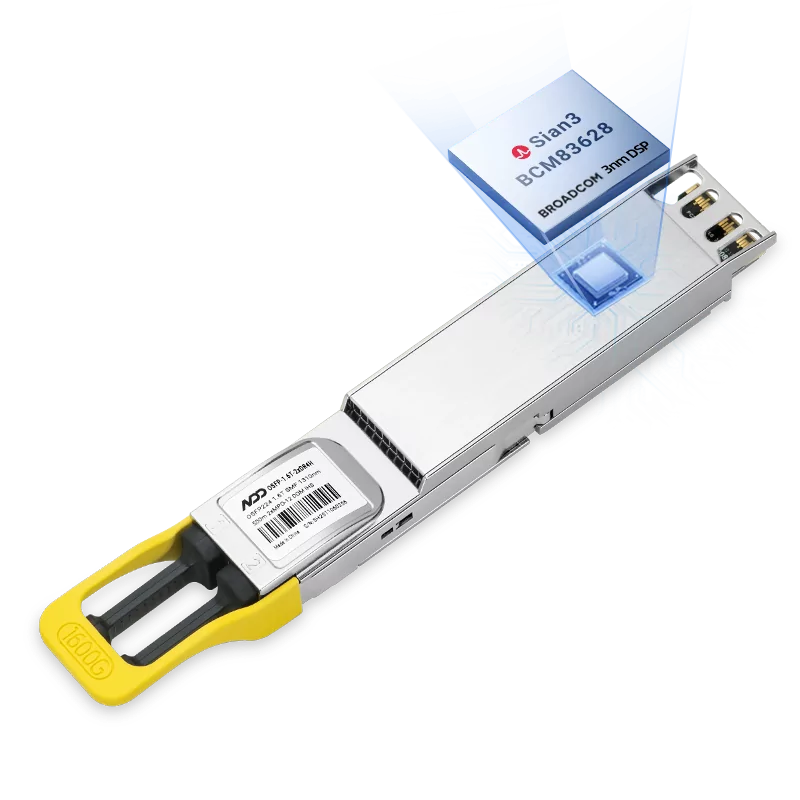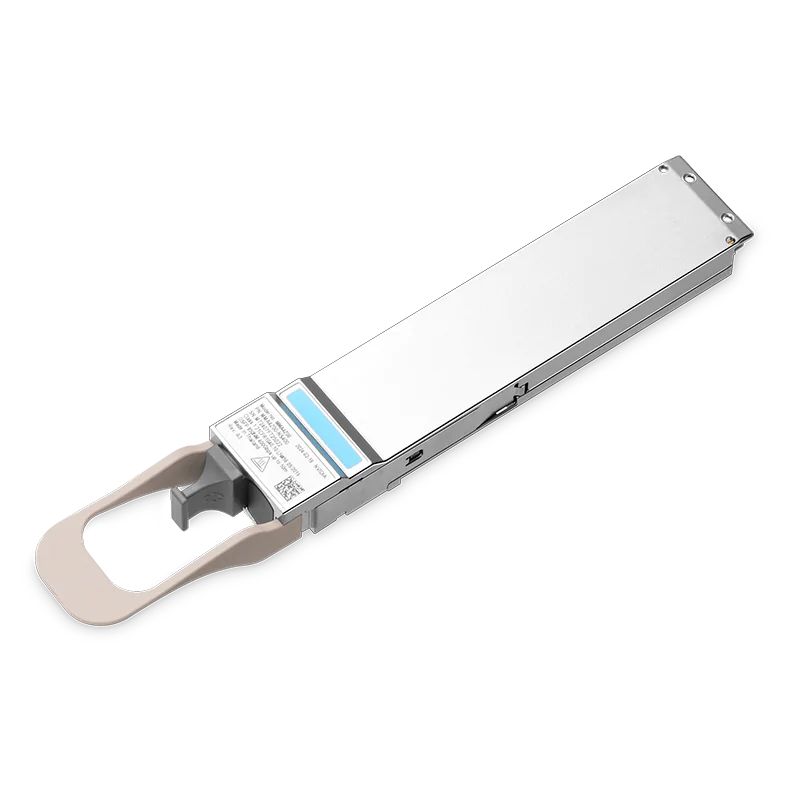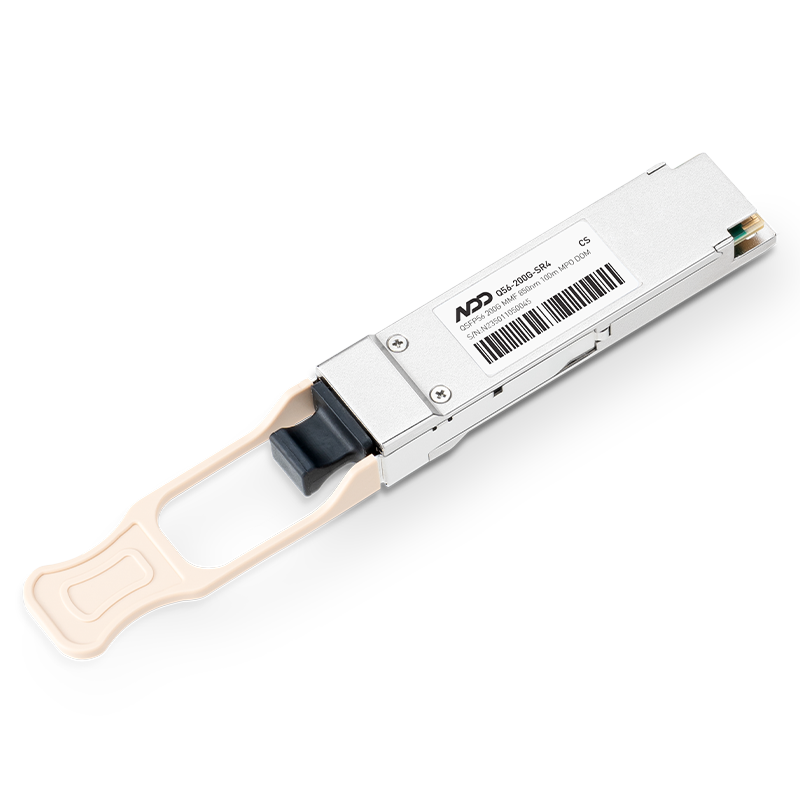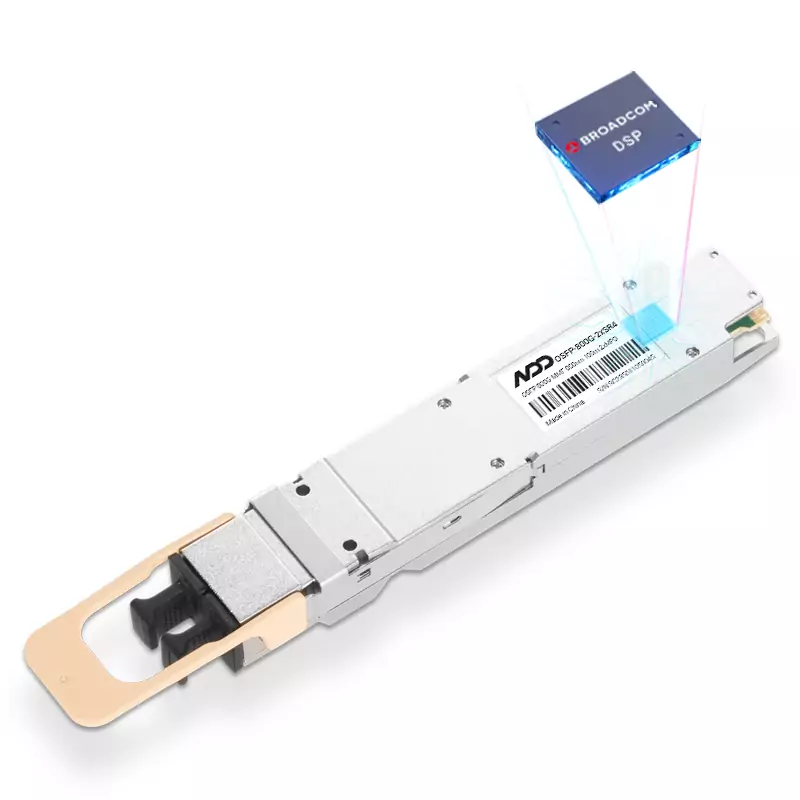Find the best fit for your network needs

share:
 800GBASE-2xSR4 OSFP PAM4 850nm 50m MMF Module
800GBASE-2xSR4 OSFP PAM4 850nm 50m MMF ModuleLearn More
Popular
- 1NVIDIA AI Landscape: NVLink, InfiniBand, and Ethernet Technologies
- 2AI Data Center Network Architecture Requirements- 400/800G Optical Module
- 3Optical Module Classification and Common After-Sales FAQs
- 4The Key Role of High-quality Optical Transceivers in AI Networks
- 5Common Problems While Using Optical Transceivers in AI Clusters
















































